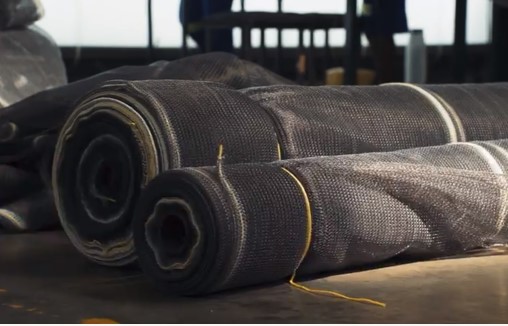Knittex is known for its high-quality range of shade netting across industries. To keep their name synonymous with quality, they have a list of stringent tests that every net must pass according to predetermined standards. The rigorous testing is conducted throughout the manufacturing process. If you are curious to know more … keep reading!
The textile manufacturer has been producing nets since 1964. Today, they are well-known for their wide variety of shade netting for agricultural, domestic, industrial, and civil and mining industries. They cater to clients’ needs for perimeter netting, coverings, branding efforts as well as creating shade.
Regardless of the industry that is served, Knittex takes its promise of product excellence very seriously. Not only is their wide range of products certified, but it also boasts an up to 10-year warranty.
Melt-flow test
This test is aimed at ensuring that the plastic that is used in the manufacturing process is up to standard. When melting the plastic at a specific temperature, the plastic needs to melt at a consistent rate and flow through a hole at a specified rate. The weight of the pieces that flowed through the opening is then weighed to find the mean weight that melted in the set time.
Tensile strength test
The tear and burst tests are two separate tests. Both these tests are conducted from each batch manufactured in their state-of-the-art facility.
A certain number of strips are cut for each batch. Strips are both cut in the length and breadth of the knitted net.
The tear test applies force to see how long it takes to tear a piece of net. The technician notes what amount of force it took to snap the filaments.
The test meets the ASTM D5035 and ASTM D5034 standards.
Burst test
During the burst test, a rubber bladder is placed between two pieces of the net. In the burst chamber, the materials are locked in. Next, the bladder is filled with air. The material resists, but then it bursts. The technician notes the level of force causing the net to break.
Note that although the piece of net breaks in the centre, the tears do not run, meaning one hole will not grow larger and larger when used over your crops.
The reason for this test is to test the permeability of the net. The higher the pressure it can withstand, the stronger the net. Results need to align with the requirements as set out in the SANAS standard.
The burst test is also done to test the net’s stability in the warp and weft of the material.
For more information on Knittex’s quality products, visit their website at www.knittex.co.za.









